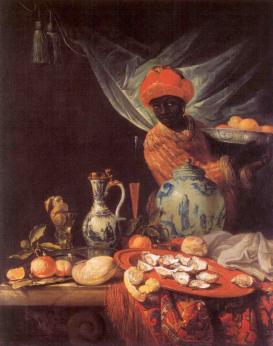The European fascination with Chinese porcelain began when the first cargo reached Middelburg in 1602. Within four decades, the Dutch had imported over three million pieces. Artisans and artists were the first to explore the epistemological dimension of this exchange. Potters tried to recreate the new material. Painters confronted a stylistic and thematic challenge.
This project explored the extent to which paintings of porcelain were repositories of material and optical knowledge. It combined an object-based analysis of still lifes with the exploration of contemporary debates. The reflexive qualities of porcelain were discussed in relation to the Dutch artistic theory that privileged the oil medium’s mirroring gloss. Painted porcelain conjured up the association between the "secret" of making porcelain and the alleged secrets of the artist’s workshop. The project explored whether, on the microlevel of technical preparation, painters envisioned structural similarities between their work and chemistry.

